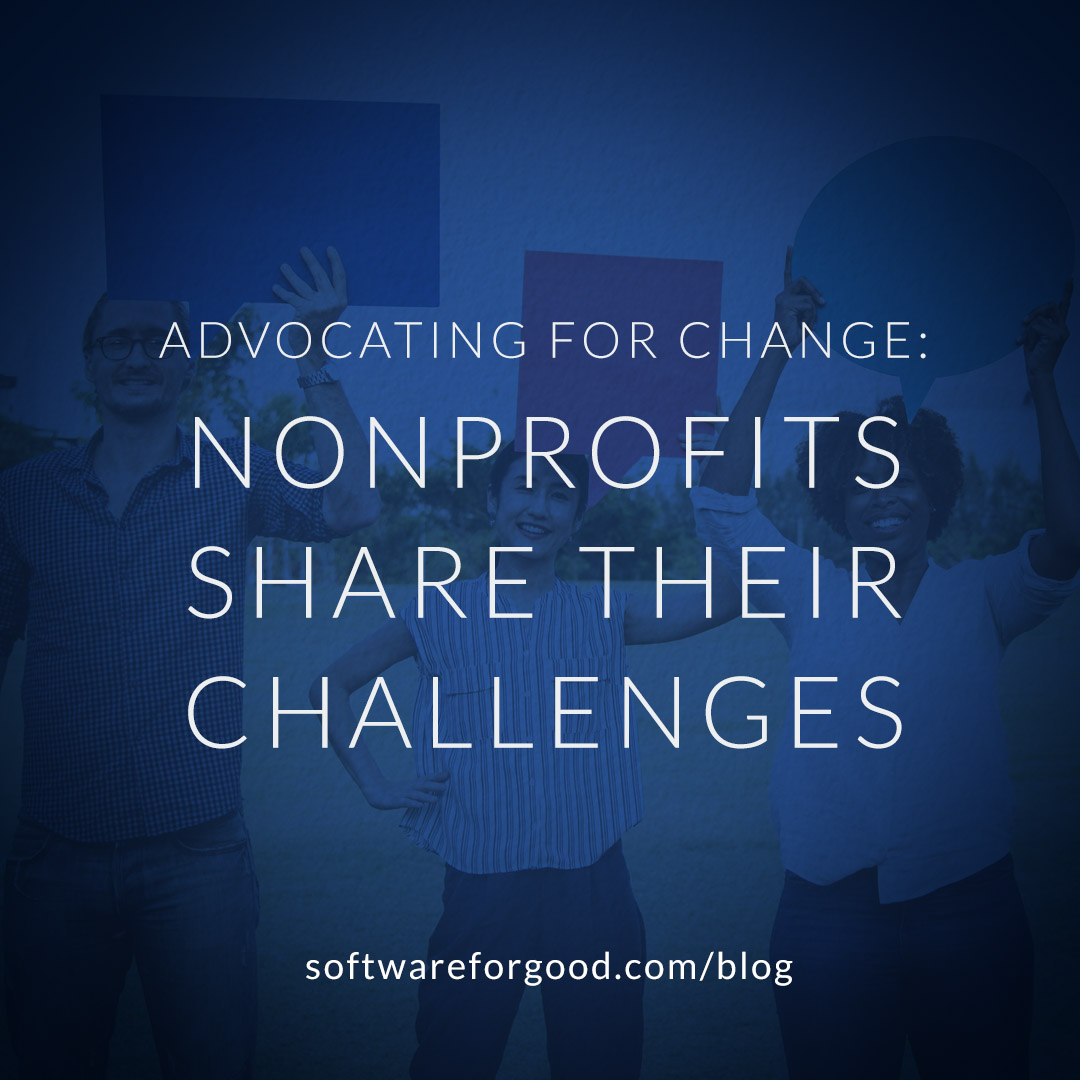I want to better understand how technology can help nonprofits, and I want to help nonprofits to better understand how they can use technology can help themselves.
In trying to advance these goals, I spoke at the Minnesota Community Action Professionals Conference in July, and I facilitated a conversation on advocating for change within organizations at the Young Nonprofit Professional Network’s Cafe Conversations in September. (For some background on my talk at MinnCAP and what I hoped to learn there, here’s my blog post from July.)
At each of these gatherings, I tried to offer my own knowledge and experience in the software industry, but I was primarily interested in learning from others about the problems that they face working within nonprofits. I went into these meetings wondering what are the biggest obstacles in their work, which of these issues can be addressed by technology, and what are the most common obstacles that prevent technology from advancing their mission.
At MinnCAP, conference participants work in the same or very similar roles in different organizations or localities, so their experiences were all quite similar. This allowed the discussion to quickly move past general brainstorming and into deeper analysis of obstacles and opportunities.
At YNPN’s Cafe Conversations, participants came from many different nonprofit organizations in the Twin Cities, which brought about more contrasting experiences, so the different perspectives complemented one another. In each group, participants were deeply engaged in learning from one another.
While I learned a ton at each of these gatherings, there were a few key points that stuck with me:
Across the board, the most common obstacle people reported as preventing nonprofits from incorporating technology was other people that resist change. There are other common problems, like securing funding for a new endeavor, or figuring out what new path is worth taking, but the most consistent obstacle was posed by other people. That resistance usually comes from some position of authority, like from a board of directors, an executive director, or the regulations and policies that those types of roles set. However, it can also come from coworkers or clients who don’t want to bother changing.
Fortunately, participants were able to offer practical suggestions on how to persuade others, such as identifying data or metrics of success that can help overcome resistance. Participants also talked about leveraging funding opportunities, as losing funding or transitions in funding cycles can help spur change.
Some participants had seen leadership changes at their organizations that brought heightened interest in innovation, like hiring a new director, but these trends were usually reliant on individual personalities. While a great leader can reinvigorate morale and hope for positive change, that hope can prove unsustainable when flexibility or innovation isn’t incorporated into the daily operations or policies of the organization. Promising new ideas can stall whenever roles change or when competing interests arise.
During the Cafe Conversation, there was also a brief discussion on how to avoid feeling burnt out or defeated in the face of resistance. Everyone was quite positive and encouraging about achieving positive change, despite the very real risks involved. Their positive feelings weren’t reliant on vague hopes for the future, but rather practical insights drawn from experience.
Many individuals had such a sophisticated understanding of how change occurs that they simply didn’t dwell on obstacles; they learned from them and quickly found a place to apply the learning. Rather than succumb to the frustration, they spent their time analyzing and strategizing around what steps they could take next. They seemed to find more determination to achieve their goals the more they analyzed the situation and consulted about a new path forward.
Overall, a lot of very practical and insightful information was shared at these gatherings. I look forward to joining more events like this in the future!

